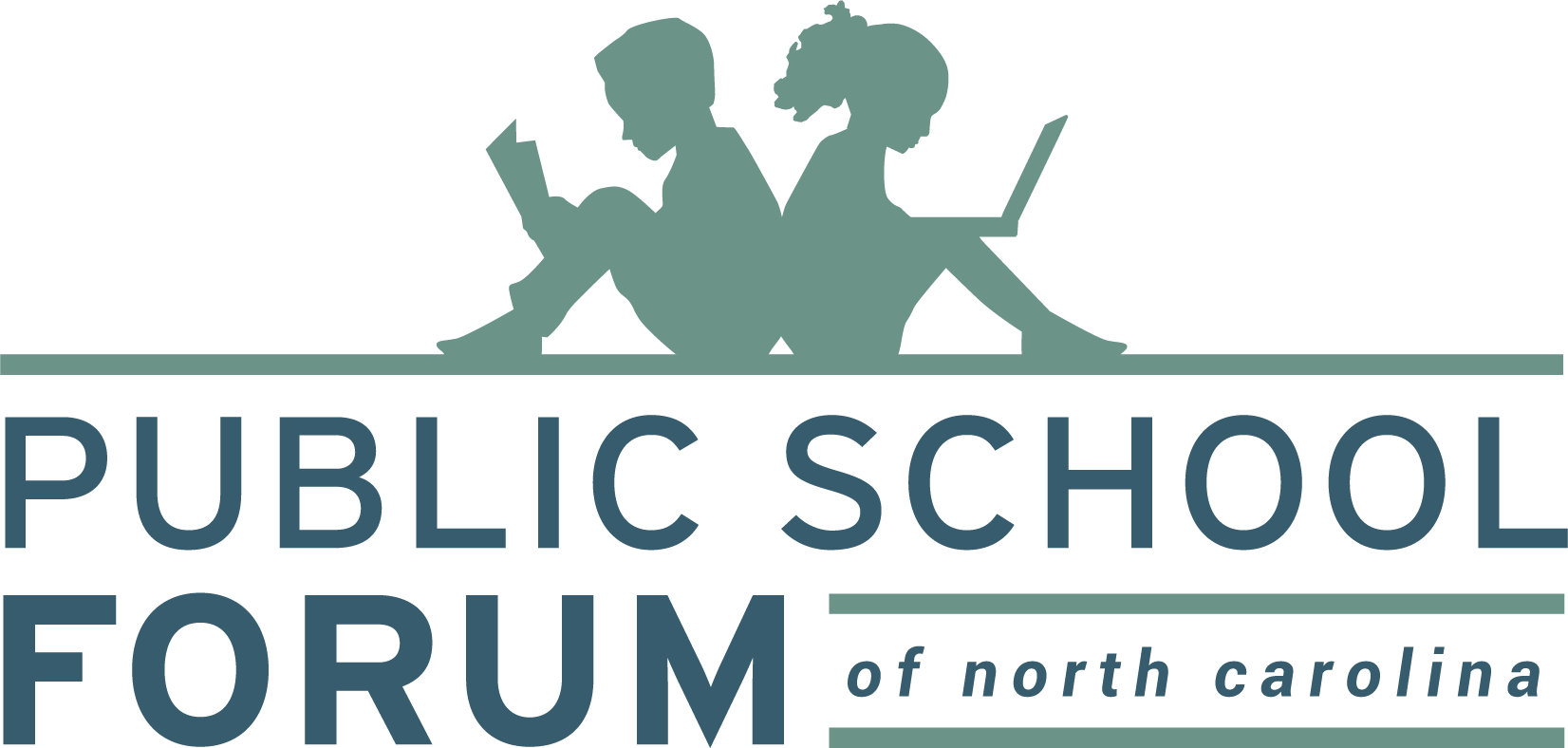RALEIGH, NC (January 9, 2018) – A new study released today by the Public School Forum of North Carolina confirms a chronic and growing gap in public school funding between the highest and lowest-wealth counties in the state. This annual study comes at a time of intense focus on how public schools are funded in North Carolina, including a new General Assembly Joint Legislative Task Force on Education Finance Reform and the Governor’s Commission on Access to Sound Basic Education
The 2018 Local School Finance Study found that the ten highest spending counties spent on average $3,103 per student compared to $739 by the ten lowest spending counties, a gap of $2,364 per student. This is based on the most recent county level data available, 2015-2016. The spending gap between the top-ten spending and bottom-ten spending counties has grown from $1,094 in 1997 to the current gap of $2,364 per student. Significantly, this gap has widened every year since 2011 and 18 of the past 20 years.
“Our poorest counties continue to fall further behind our wealthier counties in terms of resources available to their local schools,” Poston said. “Young people born into one of the state’s economically thriving counties, typically the more urban centers, have levels of investment in their education not shared elsewhere in the state, especially our rural counties.”
In 2015-2016, the ten highest-spending counties spent four times more per child than the ten lowest-spending counties. Orange County, at the top of the list, spends 12 times more per student than Swain County at the bottom. The bottom seven counties combined spend $290 less than Orange County spends on its own. Sixty of North Carolina’s 100 counties are below the state average of $1,596 per student in local support.
These funding disparities have tangible impacts in classrooms. Local salary supplements for educators are generally larger in high-wealth districts, which better positions them to attract and retain top talent. In low-wealth districts that have fewer resources, class offerings often lack the diversity of those found in wealthier ones. And basic classroom supplies such as paper, pencils and textbooks are difficult to come by in low-wealth districts, while their wealthier counterparts are able to tap deeper wallets as they cope with decreased state-level investments.
For more than 20 years the Public School Forum of North Carolina has isolated local spending from state and federal spending to examine the capacity and actual effort of counties to support public schools. The annual Local School Finance Study focuses not only on the amount that counties spend on schools, but also on each county’s investment in the context of that county’s taxable resources.
In 2015-2016, the ten poorest counties taxed themselves at nearly double the rate of the ten wealthiest counties – $0.83 compared to $0.43, a 40-cent difference. Because of the disparities in real estate wealth, however, the revenue that the poorest counties could generate—even at their higher tax rates— was substantially lower than what the wealthier counties could generate.
“Even though the ten poorest counties tax property at twice the rate of the ten wealthiest counties, the revenue they generate is substantially lower due to much lower property values,” said Public School Forum President and Executive Director Keith Poston. “The wide and growing gap is certainly not because of a lack of effort by county governments. The time is ripe for new state solutions.”
“This year the General Assembly is considering options to overhaul the state’s school finance system,” Poston said. “We encourage our legislators to ensure that adequacy and equity in school finance are top priorities. A new system alone that does not address adequacy and equity statewide will not bridge the urban and rural divide. ”
As North Carolina embarks upon reforming the state’s school finance structures and methods, the Public School Forum believes the state should keep these principles in mind:
1. Ensure both the adequacy and equity of statewide public school funding. With the long-recognized and now chronic urban v. rural divide in North Carolina that either creates or squelches a school child’s opportunities based solely on zip code, any change to the public school funding formula should be used to help solve this problem.
2. Do no harm. At minimum, state leaders should review the funding fundamentals of our state’s public school system and guarantee no harm. This can be accomplished through a pragmatic approach to studying our current system of funding and recommending and testing improvements. If an informed, methodical tack is not taken, this reform could reap an avalanche of unintended consequences that hurt students and their academic performance. A three-year hold harmless provision will aid any transition and create a safety net.
3. Build school funding pillars that improve education outcomes for all children. If a fundamental tenet among state leaders is to personalize learning for every child or otherwise guarantee the opportunity for a sound basic education for every child, then funding formulas can be developed to meet these goals. State leaders merely need to decide their priorities in this reform effort and then have the school finance experts build funding formulas to fulfill them.
4. NC funding structure presents opportunity for major impact. North Carolina is uniquely situated when it comes to school finance because it is one of the few states where schools are majority state-funded. Under the state constitution and the post-Depression School Machinery Acts, among other laws, it is the state’s responsibility to adequately fund public schools. It is this unique North Carolina history and law that allow school finance reform at the state level to be a real game changer in each school child’s opportunities, regardless of zip code.
The full report is available for download as a PDF below.
[box]Download the Report:
2018 Local School Finance Study
[/box]


Leave a Reply